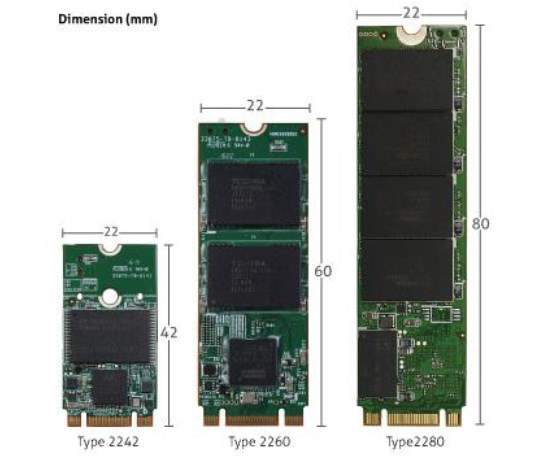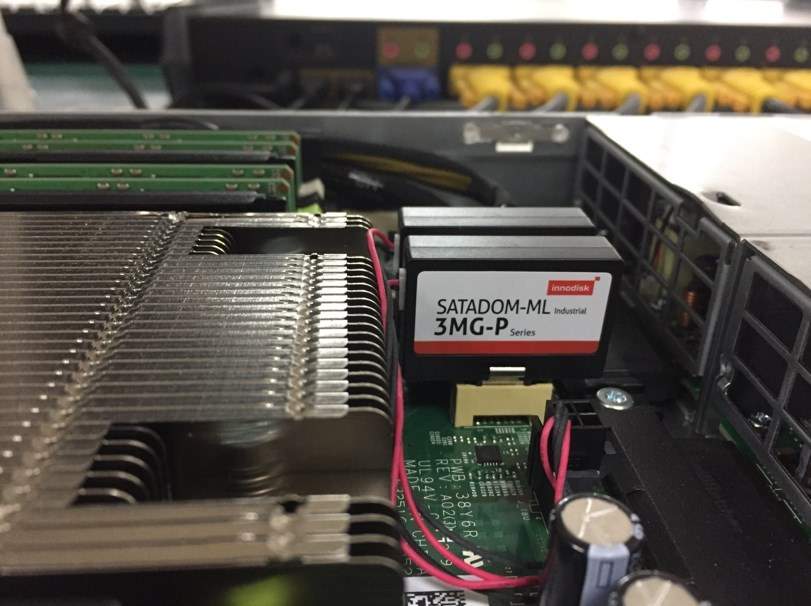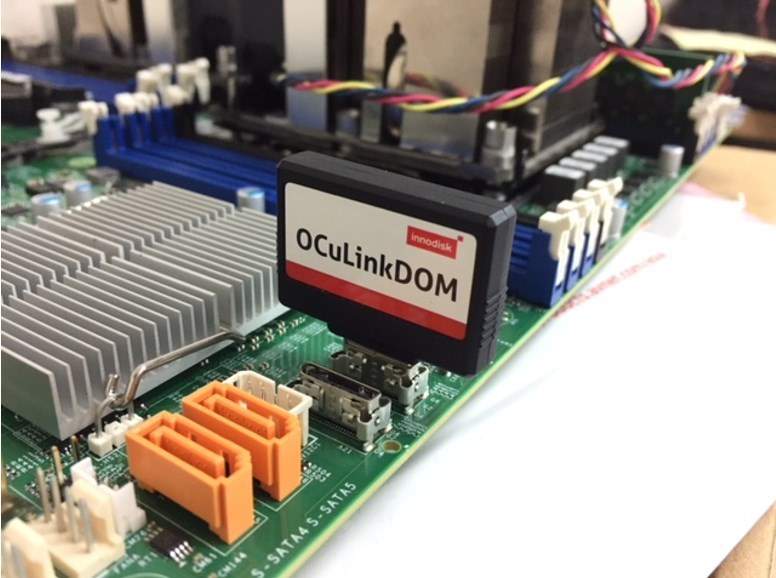Originally published on EEWeb.com on March 16.
Choosing the most appropriate server boot drive can save time, safeguard your data, and — ultimately — lower your total cost of ownership
Every server needs to boot from a local drive. These drives come in a variety of form factors and with a diversity of interfaces and protocols. Each type of drive embodies different advantages (and disadvantages), so deciding which is best isn’t necessarily a clear-cut choice.
The first thing that might come to mind is performance requirements. Time shaved off the boot sequence can be immensely valuable. As for challenges, power consumption and heat dispersal are constant threats to server performance. Minimizing the amount of power consumed is certainly in the best interest of any data center operator, not to mention the fact that high temperatures can exacerbate data retention issues in flash memory.
So what are the choices to consider, and who are the upcoming players? Let’s dive into the current status of server boot drives and see what the future holds.
Interfaces
Before we move on to consider form factors, we should first take a quick look at the relevant computer bus interfaces, the two main contenders being SATA III and PCIe 3.0 (while SAS is also a staple of the server market, it sees less use in a server boot-up function).
SATA III has been around for almost 10 years and is very much the silent workhorse of the storage market. This is due mainly to its ubiquity and variety in terms of form factors.
However, performance-wise, this workhorse doesn’t really hold a candle to the newer PCIe 3.0 interface. The SATA III runs on the older AHCI controller interface specification that was originally conceived for hard disk drives. By comparison, PCIe 3.0 is compatible with NVMe, a specification that is designed specifically for flash memory. Simply put, this allows the NVMe SSD to run at speeds up to five times faster than a standard SATA III drive. There is an extremely high expectation that the range of NVMe alternatives will increase in the near future as manufacturers are playing catch-up.
Having said this, SATA drives and compatible connectors are available in a much greater variety, so if performance isn’t your main concern, finding a suitable SATA drive shouldn’t be a very difficult task.
Form factors
A boot drive should preferably be small and plug into a port that is not in use. Smaller means better airflow and lower power consumption, which, again, helps toward reducing the temperature on a server board.
USB sticks and SD cards have been popular as boot drives because they are readily available at a low cost. If you are looking for a quick fix or you are on a tight budget, either of these options can easily satisfy the role of a boot drive. However, there are certain drawbacks to these solutions. USB sticks and SD cards do not usually offer the same level of firmware sophistication as other flash devices; also, they are slower and more susceptible to power instability and endurance issues.
One question that you might ask is: “Why not just use one of the storage bay drives as a dedicated server bootup drive?” Well, first of all, these are expensive high-performance drives and they would be underutilized. Secondly, if you want to mirror disks for data integrity reasons, you would already be down two onboard drive bays. There are, as we will see, more optimal solutions to consider.
The M.2 solid-state drive (SSD) was originally intended for thin and lightweight laptops. However, because it is compact and versatile, it continues to increase in popularity throughout the industrial and server markets.
The M.2 is available in different sizes. The most common in the server market is the 22 × 80-mm form factor. Its small size, along with the availability of connectors on server boards, makes the M.2 a solid choice. Also, it is compatible with both SATA III and PCIe 3.0 interfaces — just make sure that your connector is the correct one, as the different buses most likely aren’t cross-compatible!
Customizing the M.2 is easy. By increasing its length, more components and features can be added such as power protection, data encryption, tantalum capacitors, and DRAM cache. In some cases, these add-ons might be reflected in the price of the module. If your budget is flexible and these features meet needs, you can customize the M.2 to be the most reliable boot-drive on the market. However, be aware that even though the M.2 generally produces little heat, adding more features to the SSD will increase the power draw.
The M.2 works like any other SSD, so you can mirror two drives for increased data integrity. This means that if one drive malfunctions, the system remains unaffected with the other drive working as a backup.
When looking at the big picture, the M.2’s versatility will certainly remain a staple in the data center for the foreseeable future.

Three different dimensions of M.2 solid-state drives
SATA disk-on-module (SATADOM)
The SATADOM was designed to take advantage of the 7- and 8-pin SATA connectors often found on server boards. The SATADOM fits neatly into the connectors without taking up too much space, ultimately eliminating the use of SATA cables. In turn, this allows for better airflow and keeps the temperature low. The SATADOM’s standing connector also makes it easy to replace, if necessary.

Dual SATADOM mounted on server motherboard
Although the 7-pin SATA connector continues to appear on board designs, the need for the faster speeds provided by PCIe lanes is becoming more prevalent. Newer options are being developed by manufacturers that address new connectors with PCIe compatibility. One of these is OCuLink. OCuLink supports up to four lanes of PCIe 3.0, thereby making it a perfect successor for the older SATADOMs. These types of alternatives will be introduced as NVMe becomes more commonplace.

An OCuLinkDOM firmly attached to the server board
Conclusion
Don’t let the server boot drive become an afterthought when designing your next-generation server structure. Choosing the most appropriate drive can save time, safeguard your data, and — ultimately — lower your total cost of ownership.
Hopefully, this article has given you some guidance with regard to which server boot drive you should opt for. The SATADOM is a solid choice that provides an affordable solution when designing your board. However, when migrating to the faster lanes of PCIe, you should consider M.2 along with upcoming technological advancements such as the OCuLinkDOM. These alternatives, and other yet-to-be-seen innovations, all have their roles to play in the future of the server market.